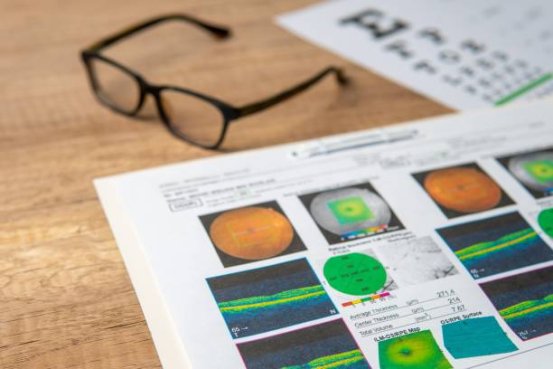Wet age-related macular degeneration (wet AMD) is a serious eye condition affecting central vision, and timely treatment is essential for preserving sight and maintaining quality of life.

What is Wet AMD?
Wet AMD occurs when abnormal blood vessels develop beneath the retina, leaking fluid that causes swelling and distorts central vision. Unlike dry AMD, which progresses slowly, wet AMD can lead to rapid vision loss, making early detection and intervention crucial.
About 10% of individuals with AMD develop the wet form, typically after age 60, though younger people with genetic predispositions may also be affected. Common symptoms include blurry or distorted central vision and dark spots, and recognizing these signs promptly is vital for medical evaluation.
Anti-VEGF Injections
The mainstay treatment for wet AMD is anti-vascular endothelial growth factor (anti-VEGF) injections. Medications like ranibizumab (Lucentis) and aflibercept (Eylea) inhibit abnormal blood vessel growth, helping preserve or restore vision.
These injections are administered directly into the eye, often starting with monthly treatments, followed by maintenance doses at longer intervals. Clinical research demonstrates strong efficacy, though ongoing therapy is usually necessary. Side effects such as infections or increased eye pressure must be monitored carefully.
Laser and Photodynamic Therapy
Laser therapy can be an option for select patients, targeting and sealing leaking blood vessels to prevent further damage, generally reserved for specific cases.
Photodynamic therapy (PDT) uses a light-sensitive drug combined with laser activation to selectively destroy abnormal vessels. Many patients experience improvement with PDT, though results depend on disease stage and individual factors.
Lifestyle Choices for Eye Health
Healthy habits can complement medical treatments. Diets rich in leafy greens, fruits, and omega-3 fatty acids support eye health. Maintaining a healthy weight and managing blood pressure may slow AMD progression.
Regular eye exams allow early detection, while UV-blocking sunglasses and smoking cessation lower risk. Consistent exercise promotes overall health and may contribute to slower disease progression.
Treatment Risks and Side Effects
All treatments carry potential risks. Anti-VEGF injections may cause temporary discomfort, blurred vision, or, in rare cases, serious complications like retinal detachment. Laser therapy can result in scarring or temporary changes in vision.
Patients should collaborate closely with eye care professionals to balance benefits and risks, ensuring treatments are customized to their needs.
Conclusion
While wet AMD presents challenges, effective management is possible through multiple treatment strategies. Anti-VEGF injections remain the standard, with laser therapy and PDT as valuable alternatives. Supporting these treatments with healthy lifestyle choices can improve outcomes, helping patients preserve vision and maintain quality of life.
